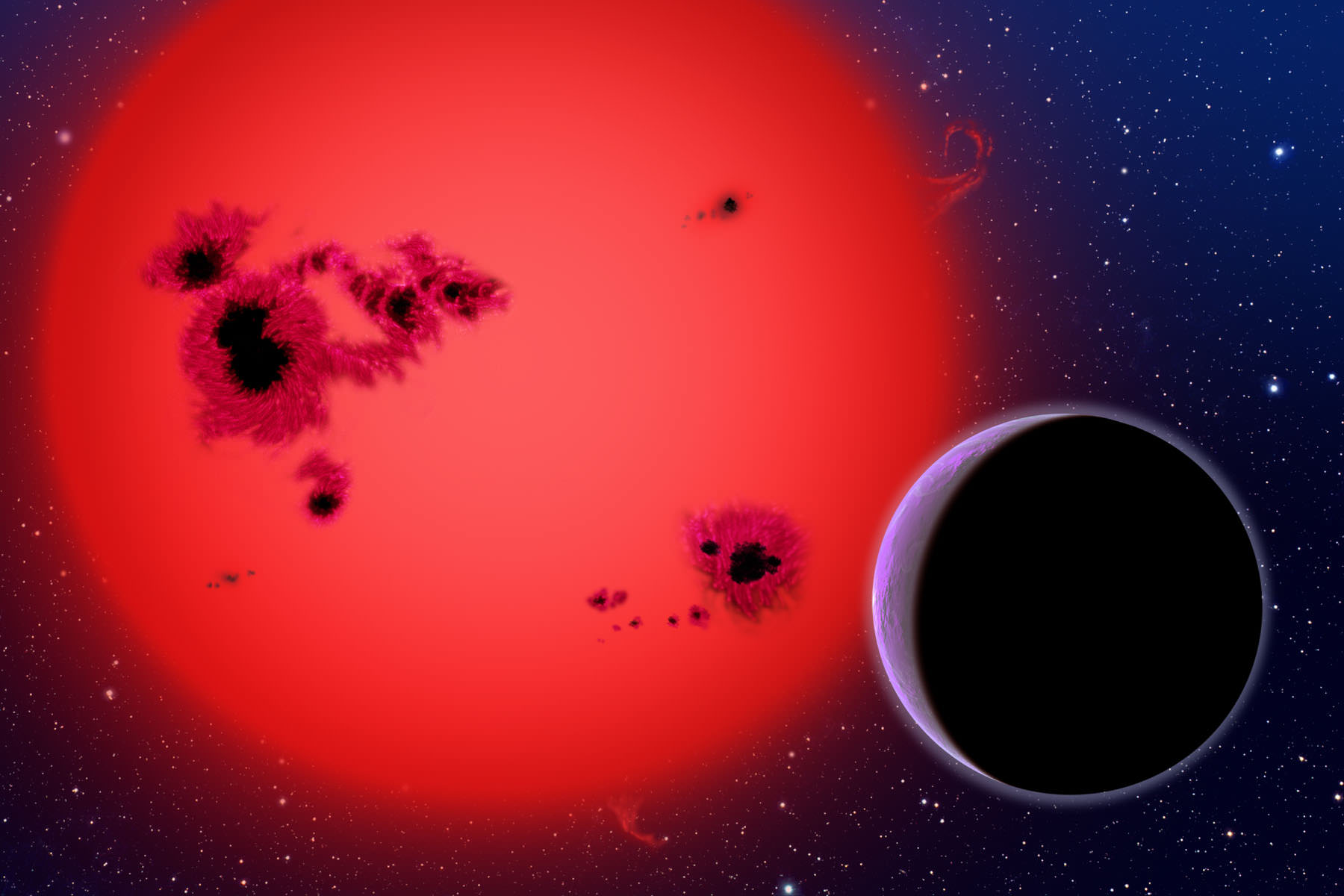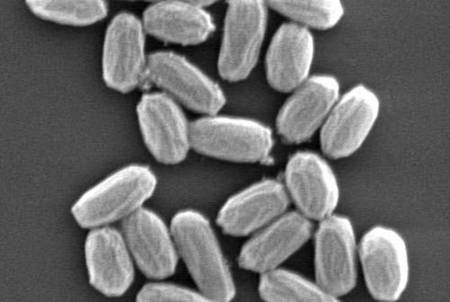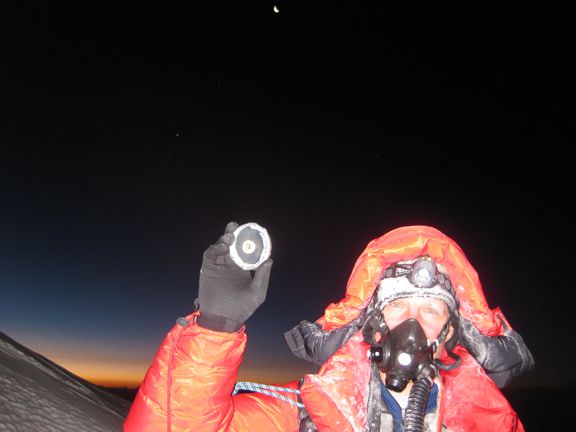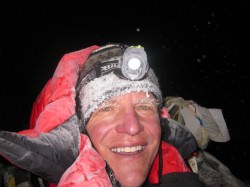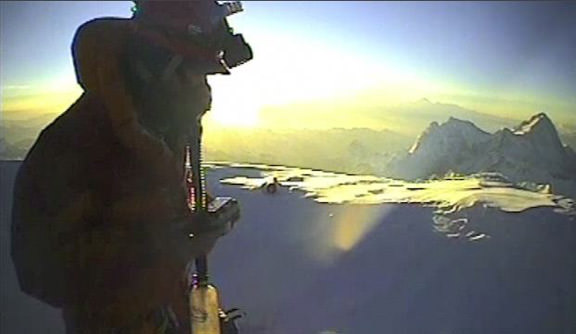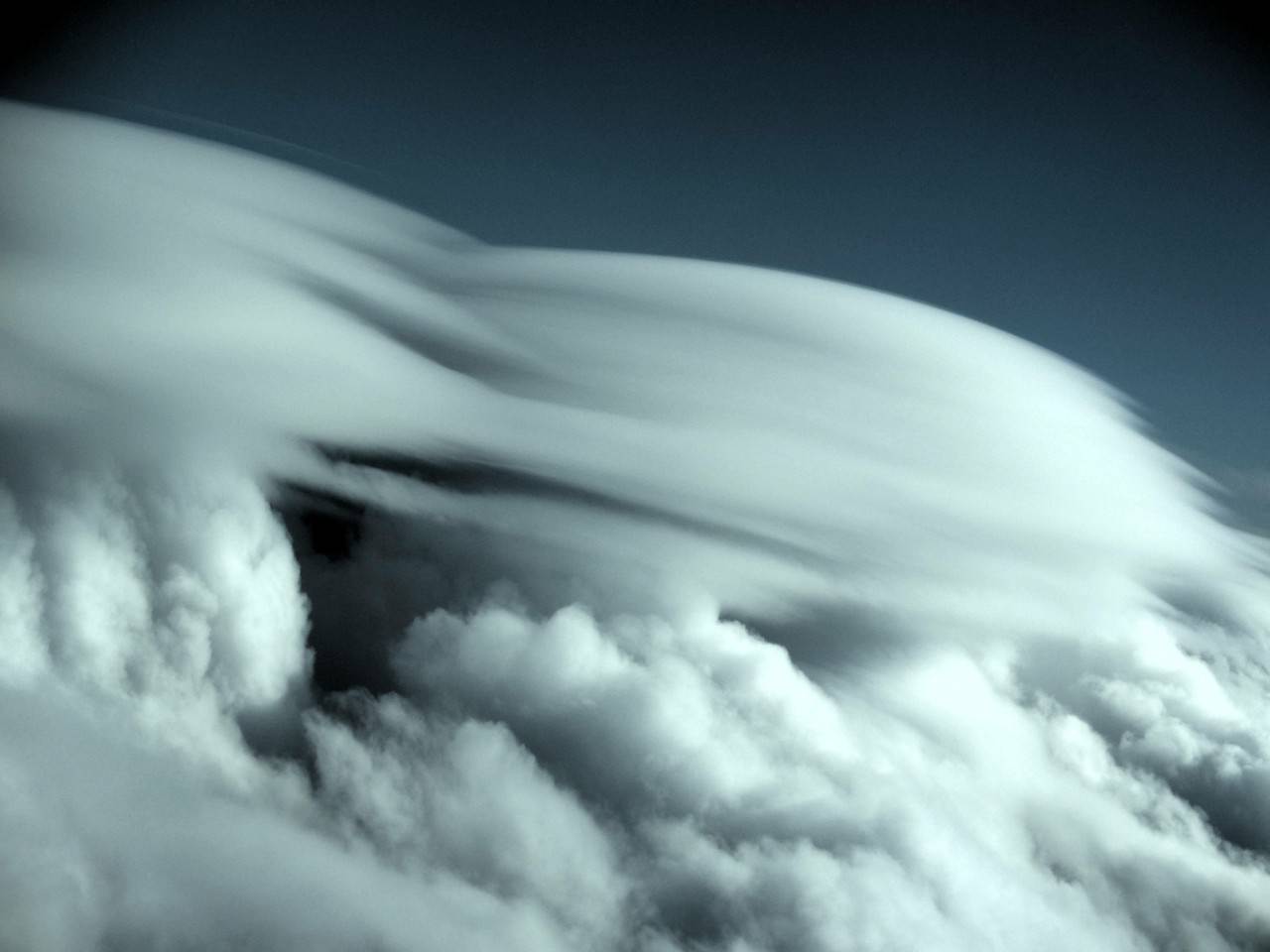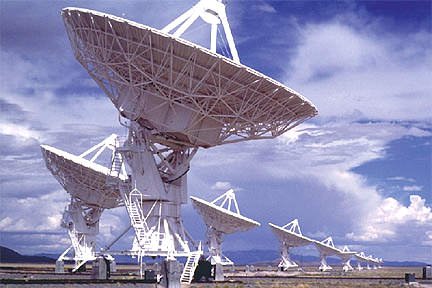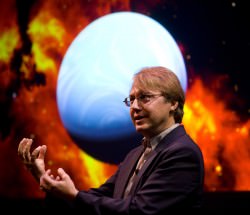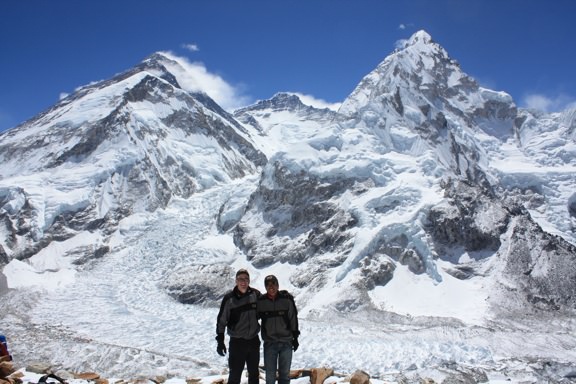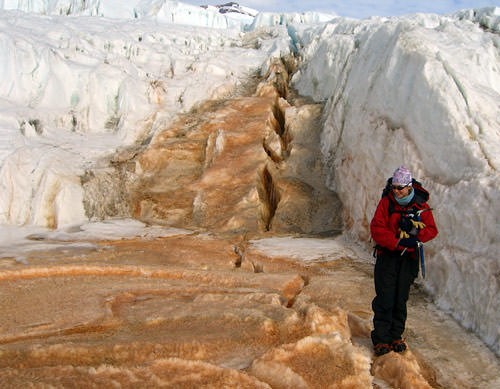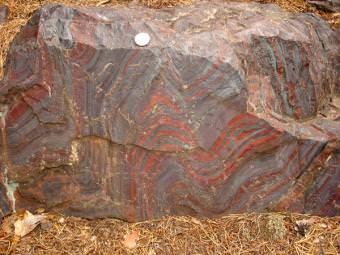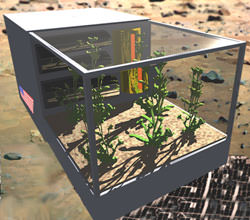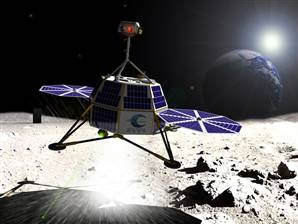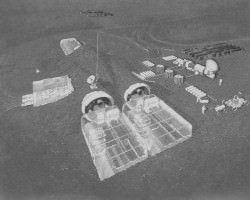This artist’s conception shows the newly discovered super-Earth GJ 1214b, which orbits a red dwarf star 40 light-years from our Earth. Credit: Credit: David A. Aguilar, CfA
More exoplanets this week! Today astronomers announced the discovery of so called super-Earth around a nearby, low-mass star, GJ1214. The newly discovered planet has a mass about six times that of Earth and 2.7 times its radius, falling in between the size of Earth and the ice giants of the Solar System, Uranus and Neptune. But this latest exoplanet, GJ1214b, has something else, too: an atmosphere about 200 km thick. “This atmosphere is much thicker than that of the Earth, so the high pressure and absence of light would rule out life as we know it,” said David Charbonneau, lead author of a paper in Nature reporting the discovery, “but these conditions are still very interesting, as they could allow for some complex chemistry to take place.”
GJ1214b is also a very hot place to be. It orbits its star once every 38 hours at a distance of only two million kilometres — 70 times closer to its star than the Earth is to the Sun. “Being so close to its host star, the planet must have a surface temperature of about 200 degrees Celsius, too hot for water to be liquid,” said Charbonneau.
However, another member of the team said water ice could possibly be present on GJ1214b, deep inside the heart of the planet. “Despite its hot temperature, this appears to be a waterworld,” said graduate Zachory Berta who first spotted the hint of the planet among the data. “It is much smaller, cooler, and more Earth-like than any other known exoplanet.”
The star is a small, red type M star about one-fifth the size of our Sun. It has a surface temperature of only about 2,700 C (4,900 degrees F) and a luminosity only three-thousandths as bright as the Sun.
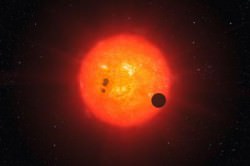
Charbonneau compared this new exoplanet to Corot-7b, the first rocky super-Earth found using the transit method, when the planet’s orbit is takes it across the face of its parent star, from our vantage point. .
The astronomers were also able to obtain the mass and radius of GJ1214b, allowing them to determine the density and to infer the inner structure.
Although the mass of GJ1214b is similar to that of Corot-7b, its radius is much larger, suggesting that the composition of the two planets must be quite different. While Corot-7b probably has a rocky core and may be covered with lava, astronomers believe that three quarters of GJ1214b is composed of water ice, the rest being made of silicon and iron.
“The differences in composition between these two planets are relevant to the quest for habitable worlds,” said Charbonneau. “If super-Earth planets in general are surrounded by an atmosphere similar to that of GJ1214b, they may well be inhospitable to the development of life as we know it on our own planet.”
The atmosphere was detected when the astronomers compared the measured radius of GJ1214b with theoretical models of planets. They found that the observed radius exceeds the models’ predictions, and deduced that a thick atmosphere was blocking the star’s light.
“Because the planet is too hot to have kept an atmosphere for long, GJ1214b represents the first opportunity to study a newly formed atmosphere enshrouding a world orbiting another star,” said Xavier Bonfils, another member of the team. “Because the planet is so close to us, it will be possible to study its atmosphere even with current facilities.”
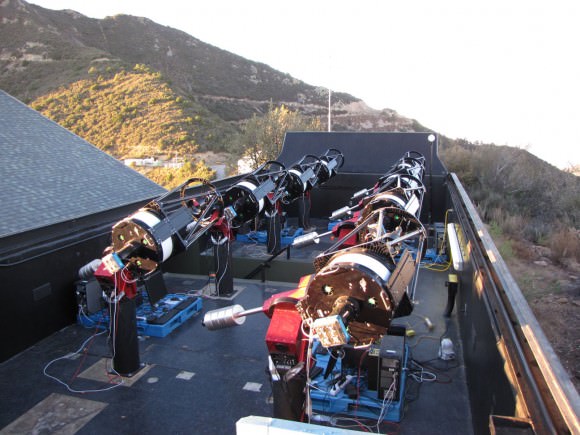
The planet was first discovered as a transiting object within the MEarth project, which follows about 2000 low-mass stars to look for transits by exoplanets, and uses a fleet of eight small, (16-inch) amateur-sized ground-based telescopes.
To confirm the planetary nature of GJ1214b and to obtain its mass (using the so-called Doppler method), the astronomers needed the full precision of the HARPS spectrograph, attached to ESO’s 3.6-metre telescope at La Silla.
The next step for astronomers is to try to directly detect and characterize the atmosphere, which will require a space-based instrument like NASA’s Hubble Space Telescope. GJ1214b is only 40 light-years from Earth, within the reach of current observatories.

